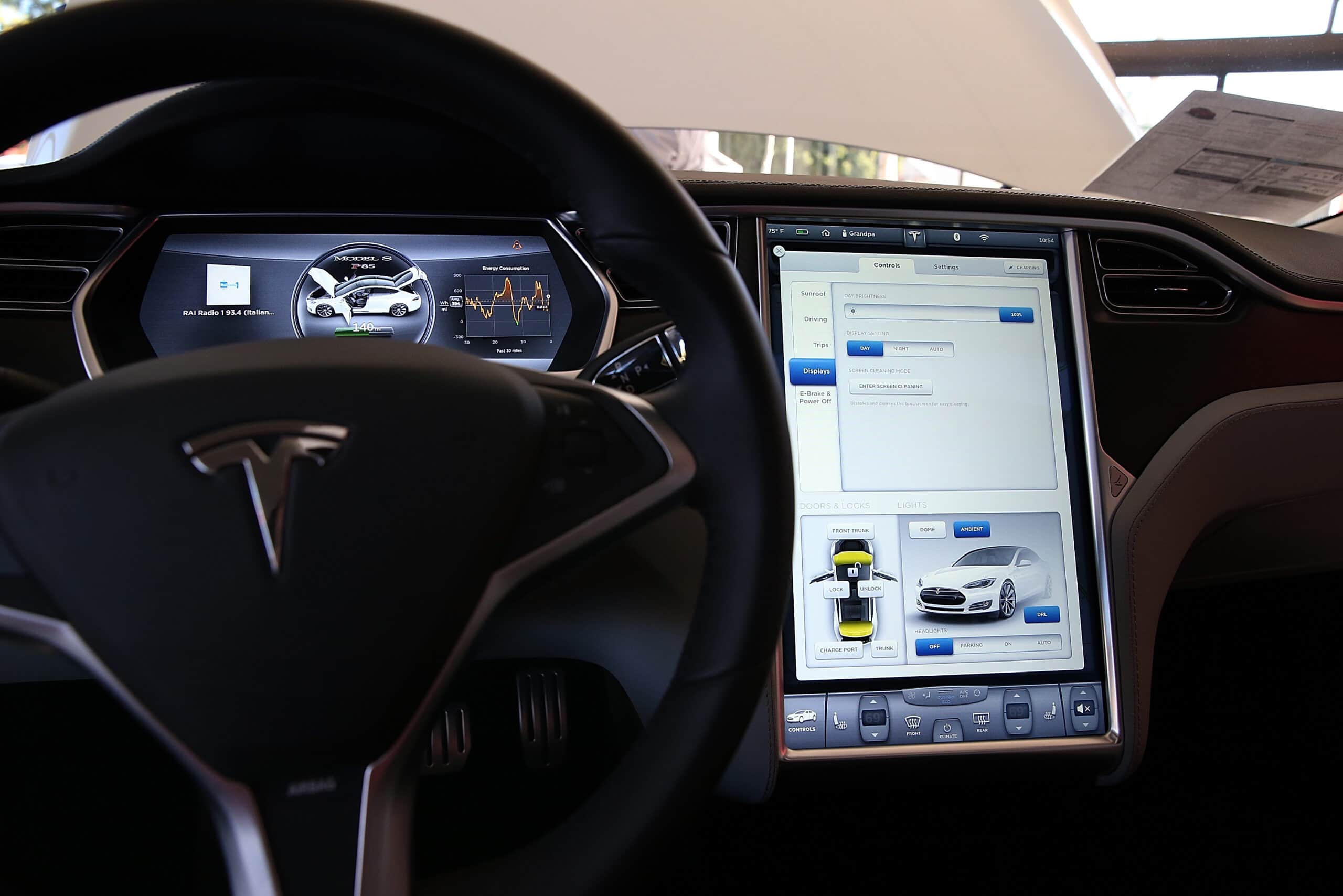
Tesla Inc. (NASDAQ: TSLA) is best known for its innovations in the automotive industry, including the sleek modern design of its electric vehicles, improved performance of batteries, and semi-autonomous driving technology. Investors often consider it more as a technology stock than one of an automaker, as demonstrated by its inclusion in the so-called Magnificent Seven. Those are the stocks that have been driving the market for the past year.
The company is also well known for its high-profile chief executive, Elon Musk. He is also CEO of private space company SpaceX and the owner of the social media platform formerly known as Twitter. All that has made Musk one of the richest persons in the world. His stake in Tesla is around 20%.
The focus here is how much money Tesla makes every minute. Let’s take a look.
How Does Tesla Make Its Money?

This automotive and clean energy company was founded in 2003 and went public in the summer of 2010. It designs, manufactures, and sells electric vehicles, as well as stationary battery energy storage devices from home to grid-scale, solar panels and solar shingles, and related products and services. (Here are five reasons to avoid Tesla’s Cybertruck no matter what.)
Out of Tesla’s $96.8 billion in revenue last year, more than $78 billion came from its automotive business, while about $6 billion came from its energy generation and storage segment. Its three biggest markets are the United States, China, and Europe, though vehicle sales in China have fallen recently.
Here is a look at annual revenue and revenue per minute for the past five years:
| Fiscal Year | Annual Revenue | Revenue per Minute |
| 2023 | $96.77 billion | $184,113.39 |
| 2022 | $81.46 billion | $154,984.78 |
| 2021 | $53.82 billion | $102,397.26 |
| 2020 | $31.54 billion | $60,007.61 |
| 2019 | $24.58 billion | $46,765.60 |
How Much Does Tesla Really Make?

Revenue is not the full picture, of course. Net income, also called profits or earnings, is what is left after expenses such as cost of goods sold, taxes, and interest are subtracted. In other words, it is the bottom line (of the income statement), as opposed to revenue, the top line.
As Tesla’s top line has mostly grown in recent years, so too have its operating expenses. At the end of 2019, quarterly operating expenses totaled about $2.11 billion. That came in at $8.49 billion most recently, though that was less than in the fourth quarters of the previous two years. So how has that affected the bottom line?
Here is a look at annual net income and net income per minute for the past five years:
| Fiscal Year | Annual Net Income | Net Income per Minute |
| 2023 | $14.99 billion | $28,519.79 |
| 2022 | $12.55 billion | $23,877.47 |
| 2021 | $5.52 billion | $10,502.28 |
| 2020 | $721.00 million | $1,371.70 |
| 2019 | −$862.00 million | −$1,640.03 |
How Has Tesla Stock Fared?

The stock is up around 1,313% in the past decade (split adjusted), easily outperforming the broader markets. However, it is down 56.6% from an all-time high near $410 per share in 2022. Shares are also more than 28% lower than at the beginning of this year.
The consensus price target is only marginally higher than the current share price. That is, for now analysts on average do not expect the stock to have much of a turnaround in the coming 12 months. Only four out of 23 analysts who follow the stock recommend buying shares now.
It’s Your Money, Your Future—Own It (sponsor)
Retirement can be daunting, but it doesn’t need to be.
Imagine having an expert in your corner to help you with your financial goals. Someone to help you determine if you’re ahead, behind, or right on track. With SmartAsset, that’s not just a dream—it’s reality. This free tool connects you with pre-screened financial advisors who work in your best interests. It’s quick, it’s easy, so take the leap today and start planning smarter!
Don’t waste another minute; get started right here and help your retirement dreams become a retirement reality.
Thank you for reading! Have some feedback for us?
Contact the 24/7 Wall St. editorial team.





